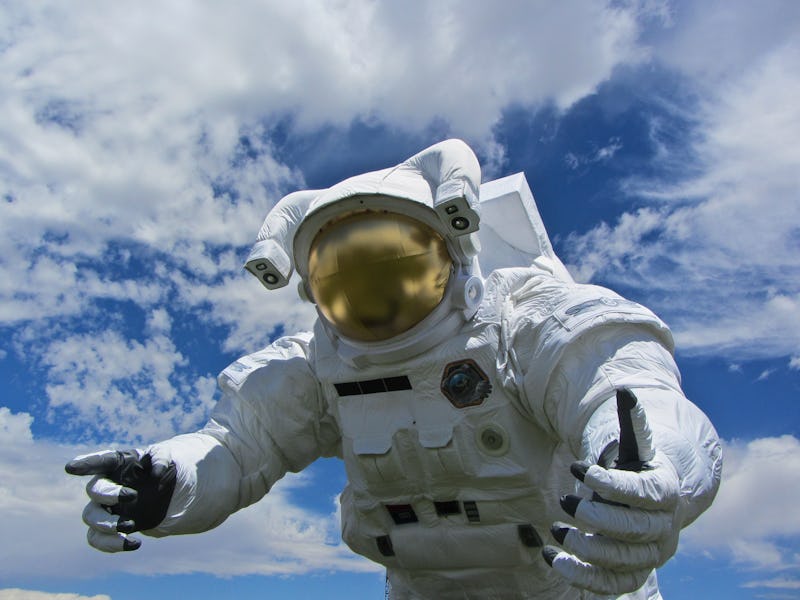Could a Vacuum Device Save Astronauts' Eyesight in Space?

Living in outer space is like spending the entire day lying down. As any doctor can tell you, this is basically horrible for your health. For astronauts in particular, however, life in microgravity leads to impaired vision. A new study on the deterioration of eyesight in space, however, suggests that a vacuum device may fix the problem.
Vision deterioration in space is likely due to a lack of a regular day-night cycle in intracranial pressure (ICP), or the lack of the cycle of standing upright and lying down. Thanks to a zero-gravity or microgravity environment, astronauts’ cerebrospinal fluid, which surrounds the brain and spinal cord, has little pressure to regulate it. This leads to their eyeballs “flattening,” as well as other eye problems like optic nerve protrusion and inflammation. This condition, also known as vision impairment intracranial pressure (VIIP), is considered one of the most mission critical medical problems when it comes to traveling in space.
At the University of Texas Southwestern Medical Center, a team of researchers has been investigating how to counteract this problem. In a new study published in The Journal of Physiology the team demonstrates that ICP is higher in individuals subjected to zero-gravity than it is in people forced to stand or sit on Earth. On the flip side, ICP is lower in people subjected to zero-gravity than it is for people who are forced to lay down.
“The back of the eye is getting squashed. It’s like a hand is pushing on it and it becomes flat,” Dr. Justin Lawley, Instructor in Internal Medicine at UT Southwestern and one of the study’s authors, tells Inverse. “When you remove gravity, the pressure in your brain goes up and it pushes on the back of your eye.”
Since the pressure on the back of the eye is constant in outer space, vision problems will naturally arise. ICP in astronauts manifests the way it would if they spent their entire day lying down on Earth. The lack of a light-dark cycle in space only serves to further exacerbate problems in the astronauts’ circadian clocks. On the other hand, on Earth, the pressure differs when we’re upright or lying down.
“(On Earth) you basically have that day-night cycle where you stand up and lie down,” Lawley says. “In space it doesn’t matter which direction you’re in. There’s no gravity at all.”
Luckily, there’s a potential solution. The researchers found that if astronauts wear a negative pressure box on their lower body in 20-minute periods, it can lower ICP. Imagine a box you wear above your hips and around your stomach that’s connected to a vacuum. When you turn the vacuum on, it sucks the inside of the box, leading to negative pressure.
“That’s exactly what you do when you stand up,” Lawley says. “Gravity does that for you. We’re trying to create gravity on the space station.”
The researchers will continue to study how this device affects the eyes in microgravity environments and also whether they can lower ICP by using a vacuum device that pulls blood away from the head.
According to senior author Dr. Benjamin Levine, Professor of Internal Medicine at UT Southwestern Medical Center, the study has led to partnerships with companies for developing tools that simulate upright posture in space while astronauts sleep. Lawley also said that they’re working on a negative pressure sleeping bag, rather than a box. These tools can help astronauts have a lower ICP during parts of the day — and hopefully, they’ll stop astronauts’ vision from getting worse. We might be closer to knocking down one more major obstacle preventing humans from turning space into a new home for the species.